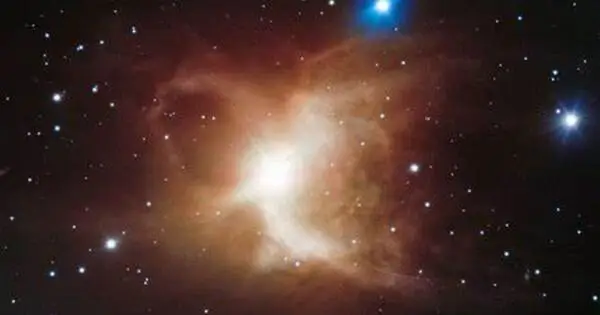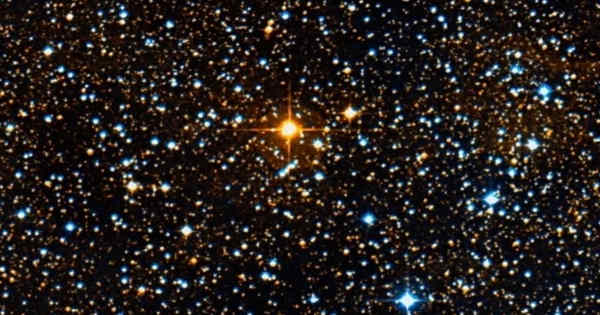HD 65750, commonly known as V341 Carinae, is a brilliant red giant star in the constellation Carina. It is encircled by IC 2220, often known as the Toby Jug Nebula. It is a star designation in the Henry Draper Catalogue, which is a stellar catalog comprising thousands of stars.
Red giant stars are normally in a later stage of stellar evolution, marked by their huge size and lower temperatures when compared to main-sequence stars like our Sun. The precise attributes of HD 65750, such as its luminosity, temperature, and distance from Earth, would be determined by more recent astronomical studies.
Location
Based on Carina’s location, HD 65750 can be found in the celestial sky’s southern hemisphere. The celestial hemisphere is analogous to the Earth’s hemispheres. HD 65750 is located south of the Ecliptic. The Ecliptic is the path that the Earth takes as it orbits the Sun. As the Earth is titled, we have Celestial and Ecliptic hemispheres, which can differ for a star.
Characteristics
HD 65750 is located about 900 light years away, and has an apparent magnitude that varies between 6.2 and 7.1 and a metallicity just 40% of the Sun. It is part of the Diamond Cluster moving group.
The star has a radial velocity of 20 km/s.
HD 65750 temperature in is the range of between 2,400 to 3,700 Kelvin. Based on the spectral type (M0III) as we don’t have the exact temperature’, we can deduce that the surface temperature of HD 65750 is in the order of below 3,500K based on the notes from Harvard University.
Nebulae
The nebulae are a mystery because variations in brightness appear to be unconnected to the host star. According to one view, the star may be an evolved star that is losing material rather than an accreting protoplanetary disk.
HD 65750 is a variable star with a slow uneven motion. Variable stars are stars that alter in size and/or brightness over time. Over the course of 0.51 days, the brightness of the HD 65750 fluctuates from 7.171 (dimmest) to 6.647. There are no known exoplanets in the star’s orbit. There may or may not be any, however because of their enormity in comparison to the star, they will be difficult to identify in comparison to other smaller stars, which is why none have been spotted near a supergiant.
















